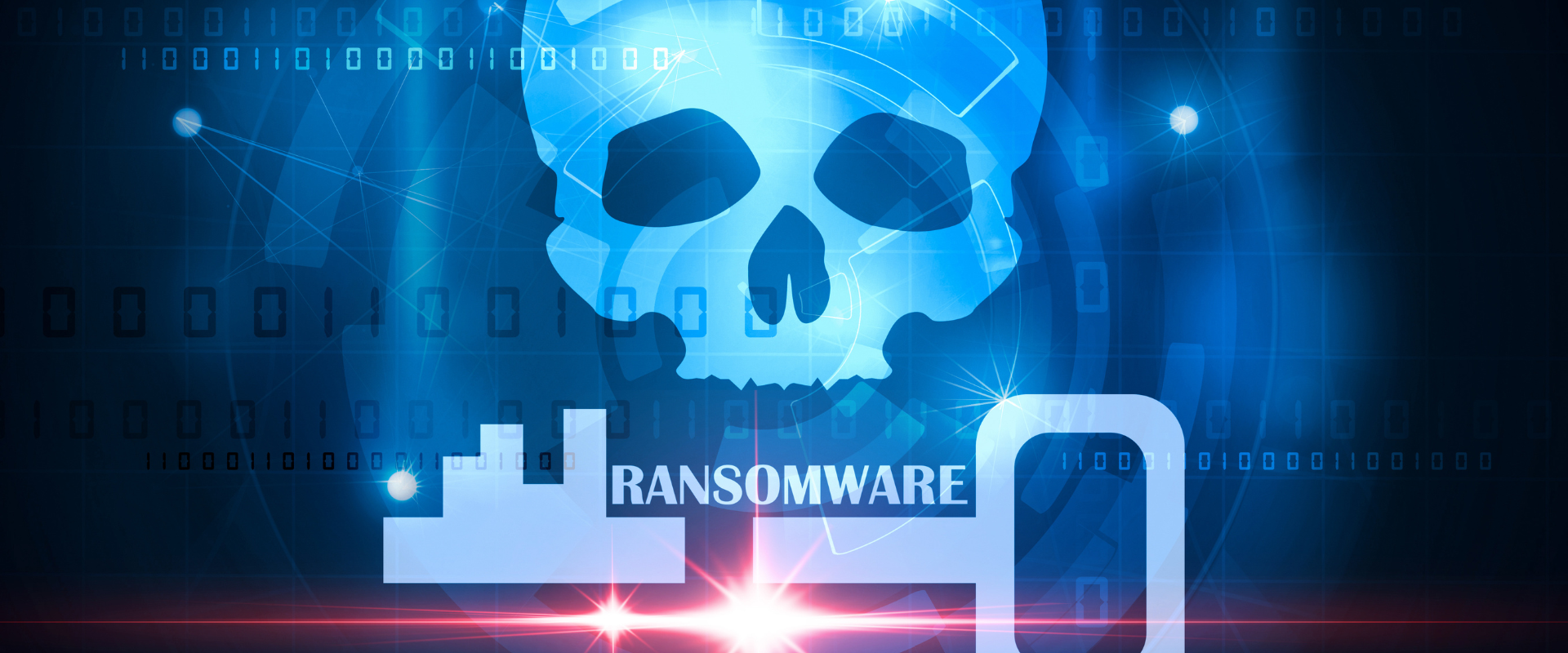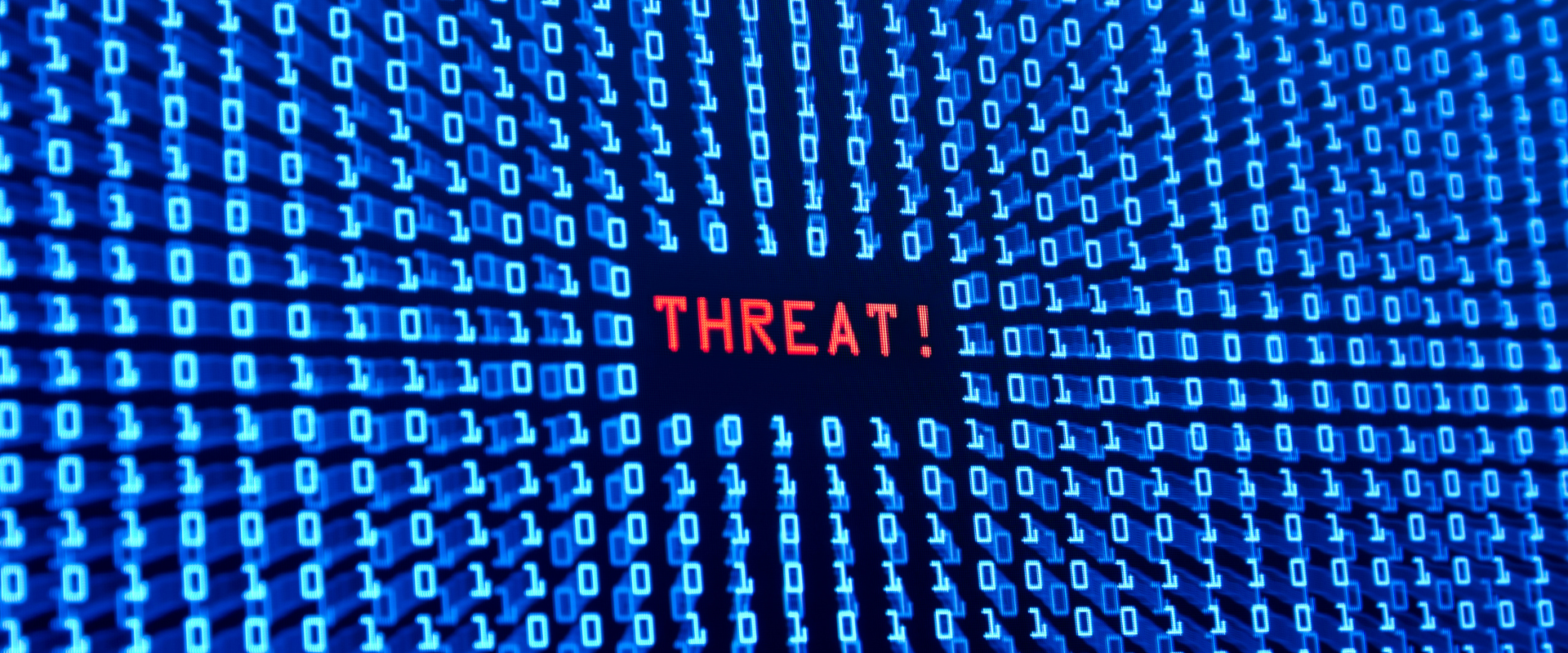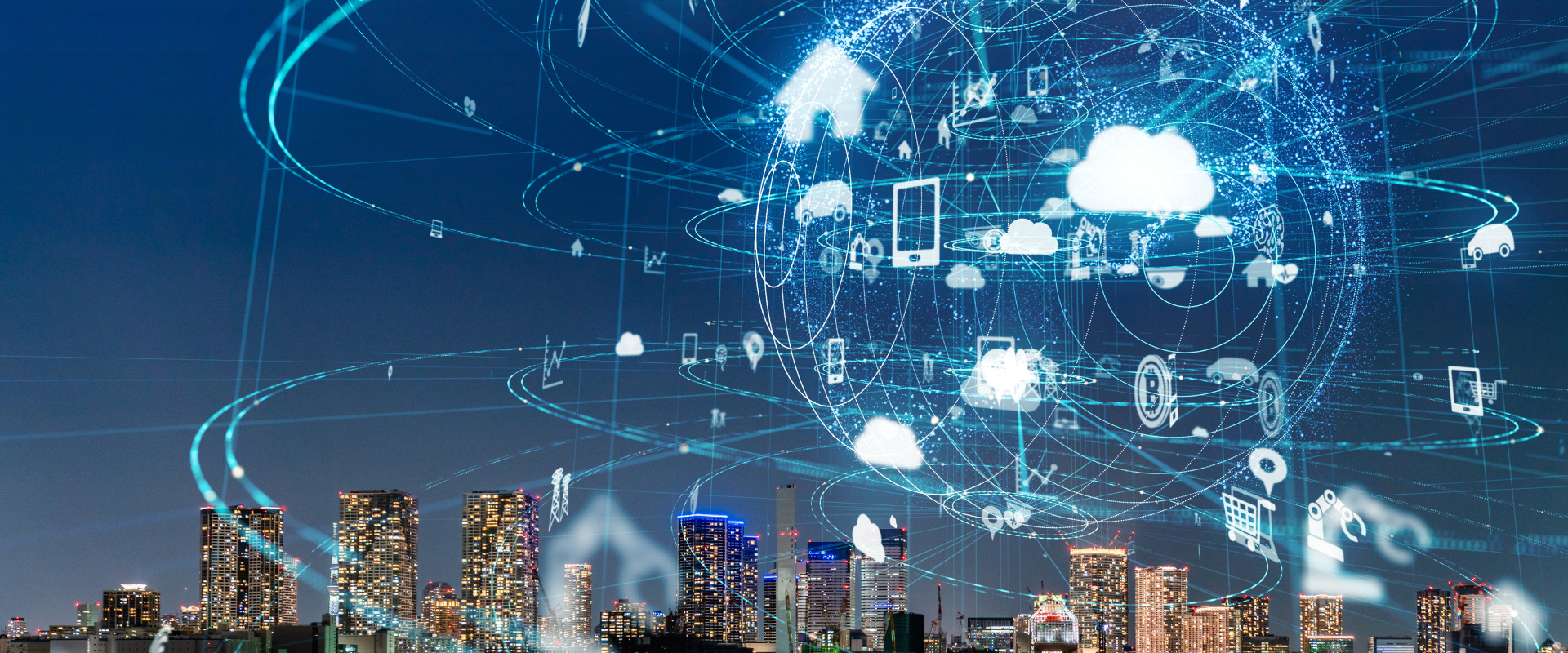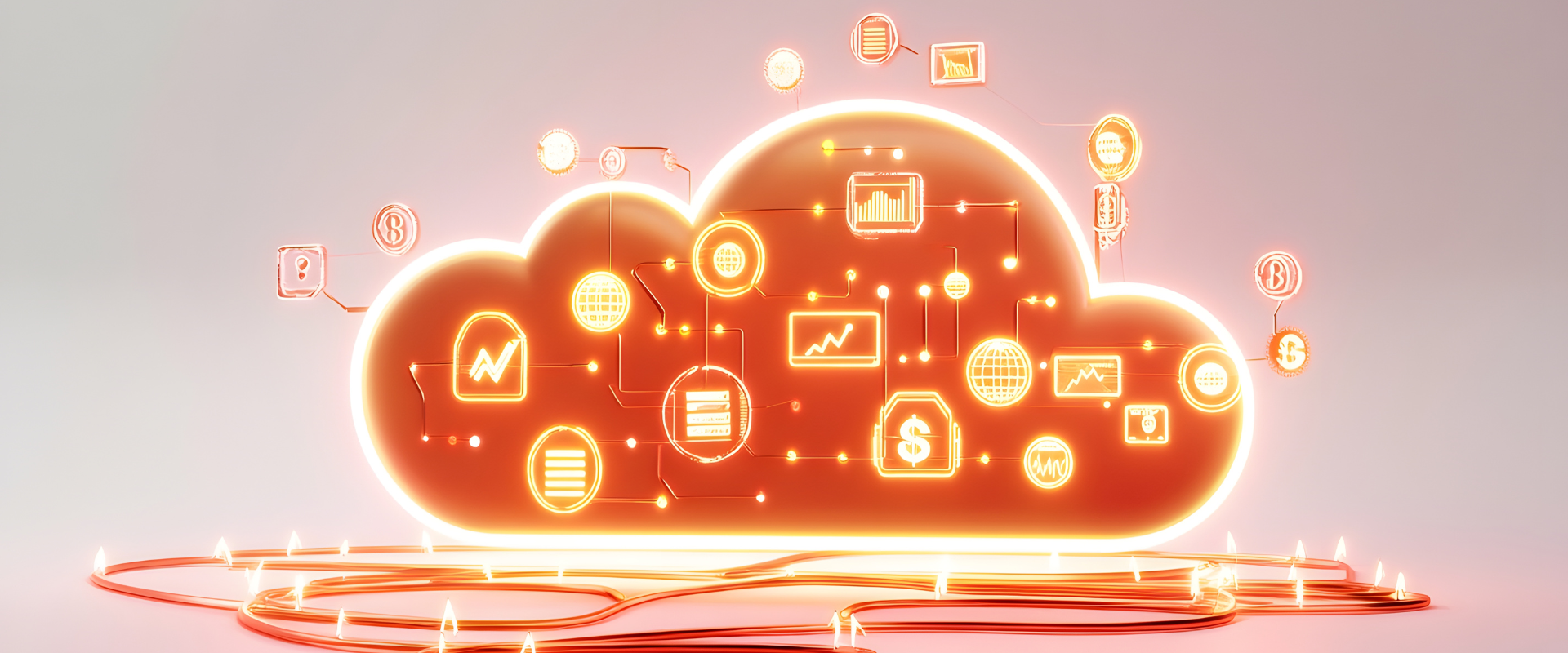
Ransomware Evolution: How to Protect Your Business from the Latest Threats
By, Webmaster
- 27 Aug, 2025
- 4.2k Views
Ransomware has emerged as one of the most disruptive and costly cybersecurity threats over the past decade. While early versions of ransomware were relatively simple, modern ransomware attacks have become highly sophisticated, targeting businesses of all sizes, critical infrastructure, and even government organizations. As attackers continue to evolve their tactics, organizations must stay vigilant and adopt proactive strategies to prevent, detect, and respond to ransomware threats.
What Is Ransomware?
Ransomware is a type of malware that encrypts files on a victim’s system, rendering them inaccessible until a ransom is paid—typically in cryptocurrency. In some cases, attackers also threaten to leak sensitive data publicly if the ransom is not met. The financial, operational, and reputational impact of ransomware attacks can be devastating, often resulting in prolonged downtime and significant recovery costs.
How Ransomware Attacks Work
Infection: Attackers gain access through phishing emails, compromised websites, or unsecured remote access points.
Execution: The ransomware encrypts critical files and systems, often spreading laterally across networks to maximize damage.
Demand: Attackers present a ransom note demanding payment, typically in Bitcoin or another cryptocurrency, for file decryption or to prevent data leaks.
Impact: Organizations may experience system downtime, lost productivity, financial loss, and reputational damage.
The Modern Ransomware Threat Landscape
Double Extortion: Attackers not only encrypt data but also exfiltrate it, threatening public disclosure if the ransom isn’t paid.
Ransomware-as-a-Service (RaaS): Cybercriminals now offer ransomware kits for sale or rent, making attacks accessible to less technically skilled actors.
Targeted Attacks: Attackers carefully research organizations to identify high-value targets and maximize ransom potential.
Supply Chain Attacks: Some ransomware campaigns exploit third-party vendors or partners to infiltrate larger organizations.
Strategies to Protect Your Organization
Regular Backups: Maintain frequent, secure backups of critical data. Ensure backups are offline or in a separate network segment to prevent encryption by ransomware.
Employee Training: Educate staff about phishing, social engineering, and suspicious links or attachments. Human error remains one of the leading causes of ransomware infections.
Patch Management: Keep software, systems, and devices up to date to close vulnerabilities exploited by ransomware.
Network Segmentation: Isolate critical systems to limit the spread of ransomware in case of infection.
Advanced Threat Detection: Use AI-driven monitoring, endpoint detection and response (EDR), and behavior analytics to identify suspicious activity early.
Incident Response Planning: Have a clear ransomware response plan, including steps for containment, recovery, and communication. Test the plan regularly to ensure efficiency.
Legal, Financial, and Reputational Considerations
Ransomware attacks can lead to regulatory fines, especially if customer data is exposed. Companies may also face lawsuits or breach of contract claims. Beyond financial losses, the reputational damage can erode trust with customers, partners, and stakeholders, affecting long-term business viability.
Conclusion
As attackers continue to innovate, ransomware will likely become more automated, AI-driven, and capable of targeting cloud-based systems. Organizations that combine technology, human awareness, and strategic planning will be better equipped to defend against these increasingly complex threats.
The key to staying safe lies in preparation. Proactive security measures, employee awareness, robust backup strategies, and well-tested incident response plans can significantly reduce the risk and impact of ransomware attacks. By treating ransomware as a business continuity issue as well as a cybersecurity threat, organizations can protect both their data and their reputation.
Recent Posts
- IoT Security Risks: How Connected Devices Are Expanding the Cyberattack Surface
- Data Breaches: Understanding the Real Cost of a Cyberattack
- Deepfake Fraud: The New Frontier of Cybercrime
- Cloud Security Challenges: How to Protect Your Data in a Borderless Digital World
- AI in Cybersecurity: How Artificial Intelligence is Changing the Fight Against Cyber Threats
Category
- Cyber Security (86)
- Vulnerability Assessment (70)







